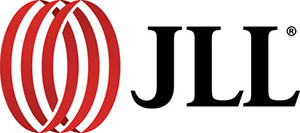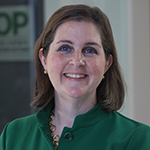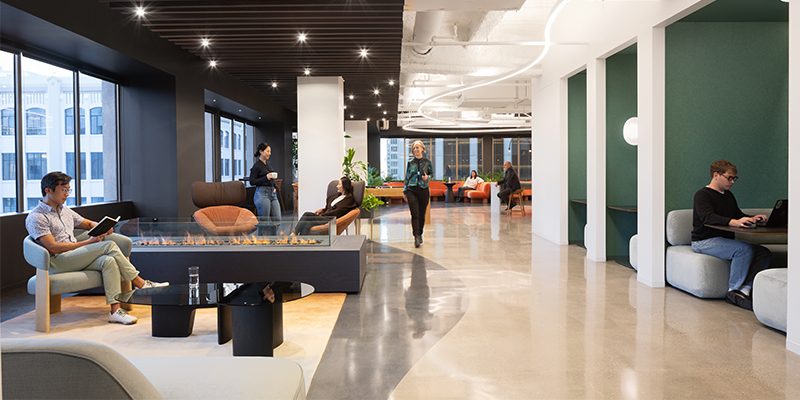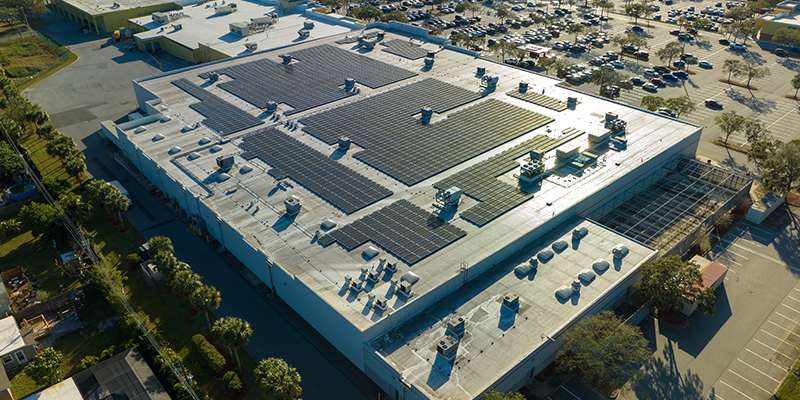By Kathryn Hamilton, CAE
If you’ve spent any time in Central Ohio, you’ve heard the phrase “the Columbus Way.” It’s often invoked as the reason for the region’s economic success, civic progress and strong sense of community. But what does it really mean?
At I.CON Central this week in Columbus, Ohio, a panel of local leaders emphasized that the phrase is more than a slogan – it’s a practice. “It’s a phrase attributed to the practice of community stewardship carried through by leadership across sectors in the Columbus region,” said panel moderator Irene Alvarez, chief marketing and communications officer, Columbus Partnership.
Popularized in the early 2000s, the Columbus Way became shorthand for what locals describe as “collaboration across the aisle – public, private, nonprofit, civic.”
That philosophy, according to research commissioned by The Columbus Partnership and a Harvard Business School case study, is built on five core values: ambition, collaboration, inclusivity, common good and fellowship.
For many, the Columbus Way isn’t just about being cooperative – it’s about getting things done.
“It results in action,” emphasized Sandy Doyle-Ahern, president, EMH&T. “We talk about collaboration and communication, and it all sounds lovely and warm and fuzzy, but it’s actually much more than that. It’s about alignment; not necessarily agreeing on every point.”
Public and private sectors have their own priorities, but the approach is really about action to achieve something, she said. Whether that’s a policy initiative or a development project, what makes the Columbus Way distinctive is that alignment toward a shared goal. “We all have to perpetuate and believe in it for it to be true,” she added. “And it does exist.”
Michele Reynolds, state senator for the Third District in Ohio, put it more simply: “For me it means that one sector doesn’t believe they can solve all the problems. It’s everyone coming together to solve a big problem – private solutions to public problems. It’s partnership over politics.”
On a personal level, that spirit translates into an unusually welcoming business environment. “It’s very important for us to ensure that we welcome new leaders to town and that we’re inclusive, regardless of industry,” said Francie Henry, regional president, Central Ohio, Fifth Third Bank.
Of course, maintaining alignment isn’t easy. Reynolds described the balancing act this way: “We try to use what’s called a carrot and stick approach so that we can understand… we want to be able to provide you with the tools and resources to solve the problems in your own local community. Because when we do this together, then we grow together.”
She added that collaboration must be grounded in respect: “You can still stay in your lane but be helpful and lock arms and go up the four-lane highway together.”
That approach, Doyle-Ahern noted, has enabled Columbus to complete complex projects at an impressive pace. “Our ability to actually get through these things quickly and get buildings up and get people occupied in them is, I would say, pretty much bar none,” she said. “It underlies everything – getting to that common goal and working through issues in a positive way.”
Much of the group’s speed and success comes from the deep engagement of the business community. “The corporate community can convene,” Henry said. “Once we get everyone around the table, we can help educate. We all listen and respect everyone’s role, but we can influence and, when appropriate, own the outcome.”
That collaborative ownership pays off in tangible results. “When we decide shoulder to shoulder that we’re all winning in whatever way we need to win, it makes a huge difference for that next project,” she said. “Because we’re convinced there is going to be a next.”
Public-private alignment plays out in countless ways, from infrastructure to neighborhood revitalization. “Every budget year, we work with organizations like the Columbus Partnership,” Reynolds explained. “They bring us a list of vetted regional projects – museums, universities, infrastructure improvements – and as legislators we compare that to our own priorities. A lot of times it almost matches. That collaboration is incredibly helpful.”
Reynolds tied back the partnership to the critical need for housing, and initiative important to her as chair of the state senate’s Housing Committee. “Homes are where jobs go at night. We can’t continue to separate housing from economic growth. If we don’t have [housing], all the hard work we’re doing to bring jobs and create a future here will be lost.”
She cited a partnership between the city and nonprofit organizations called American Addition. “It was all about neighborhood revitalization,” she said. “When you get the chance to help lift someone because they have a place to live – it’s incredibly rewarding. Those successes fuel the fire to want to do it again.”
With Columbus now one of the fastest-growing metros in the Midwest, panelists acknowledged that preserving “the Columbus Way” amid rapid change is both a challenge and a responsibility. “Massive growth comes with ramifications,” Doyle-Ahern said. “Housing, education, workforce development – all of it. It’s incumbent on those of us in leadership today to perpetuate that belief and teach next generation.”
“Our legacy is about creating a better community for Central Ohio,” said Henry. “That’s what makes this region special.”

This post is brought to you by JLL, the social media and conference blog sponsor of NAIOP’s I.CON Central 2025. Learn more about JLL at www.us.jll.com or www.jll.ca.








